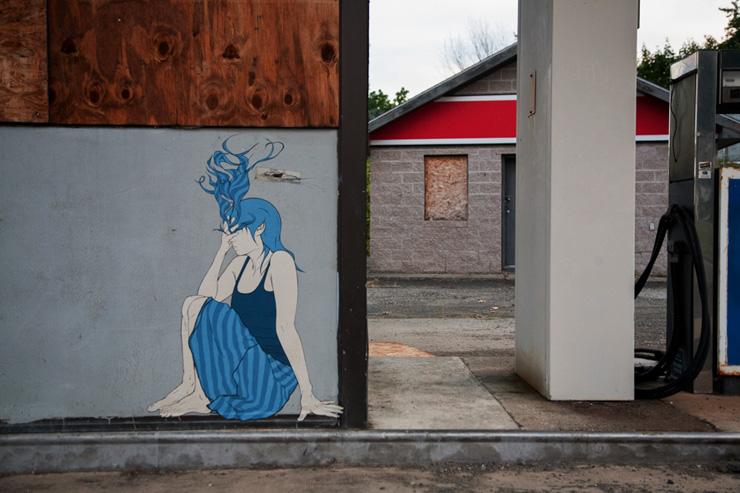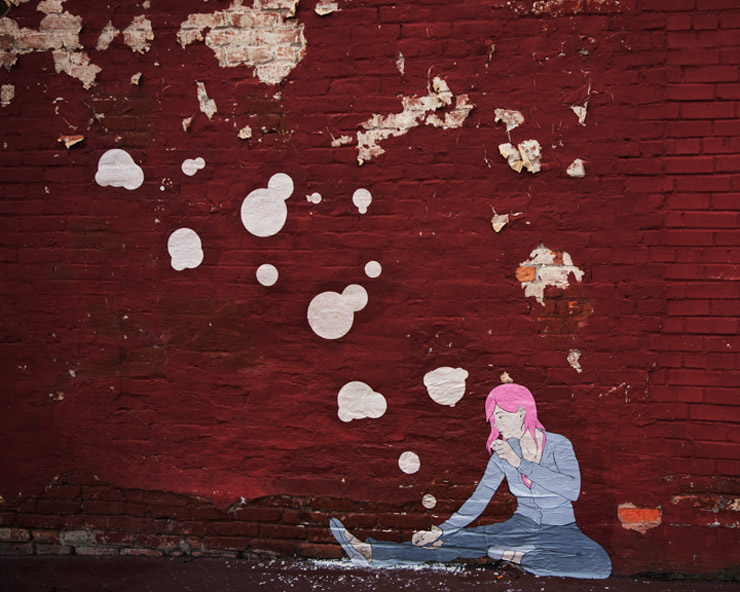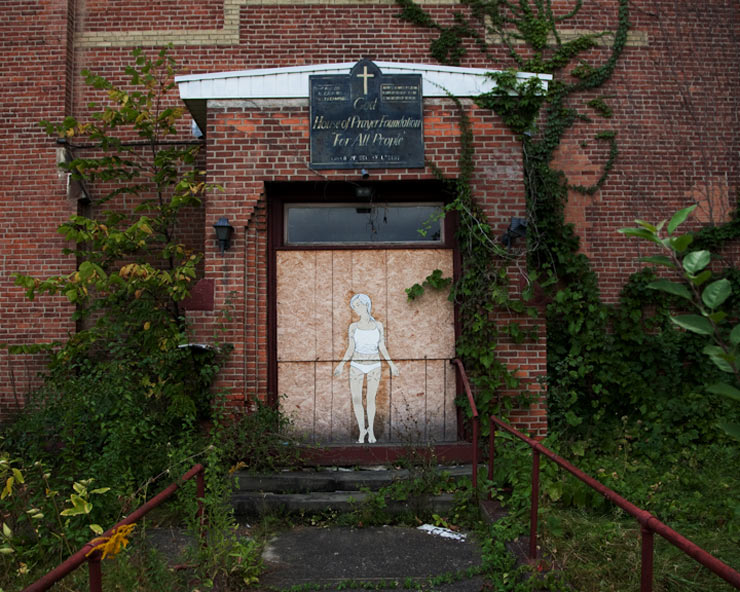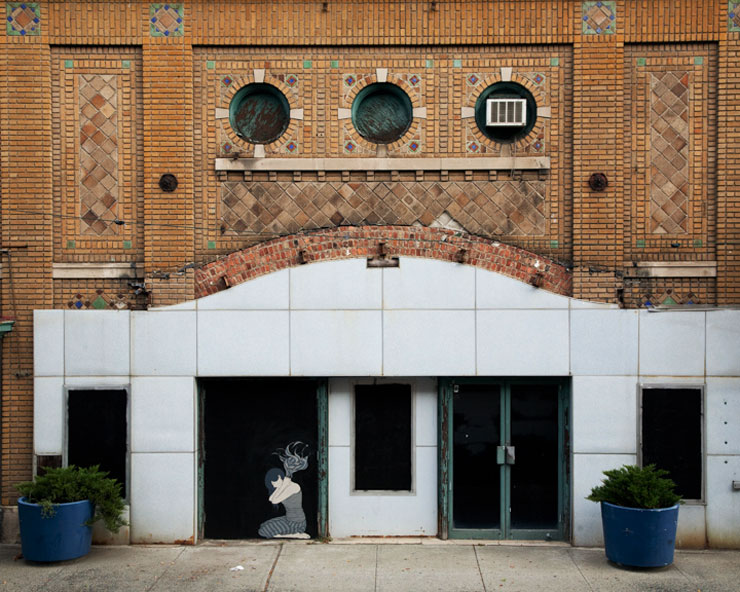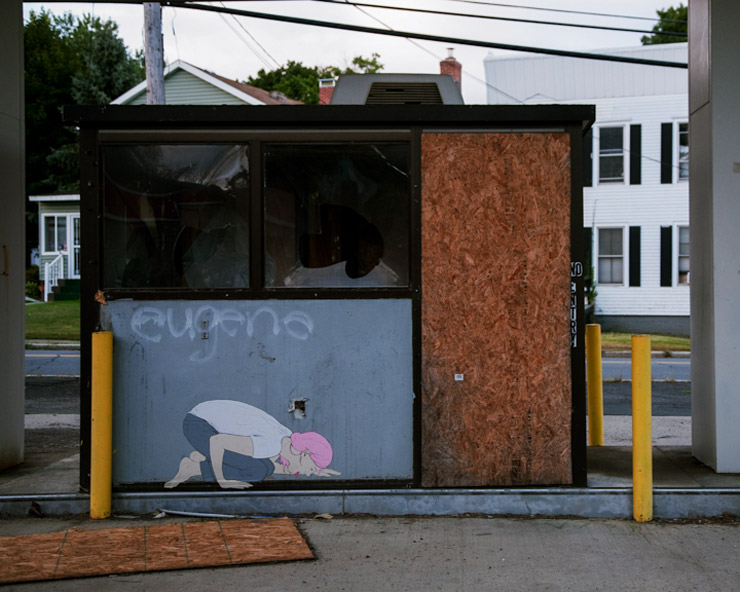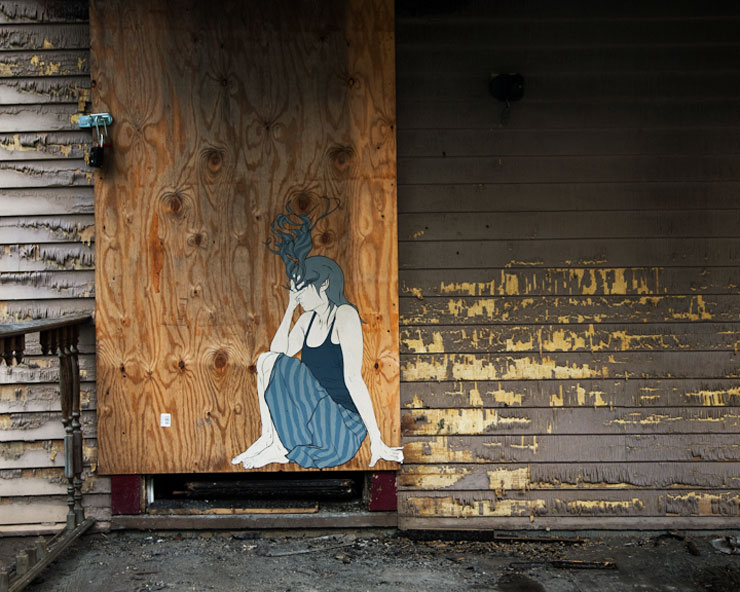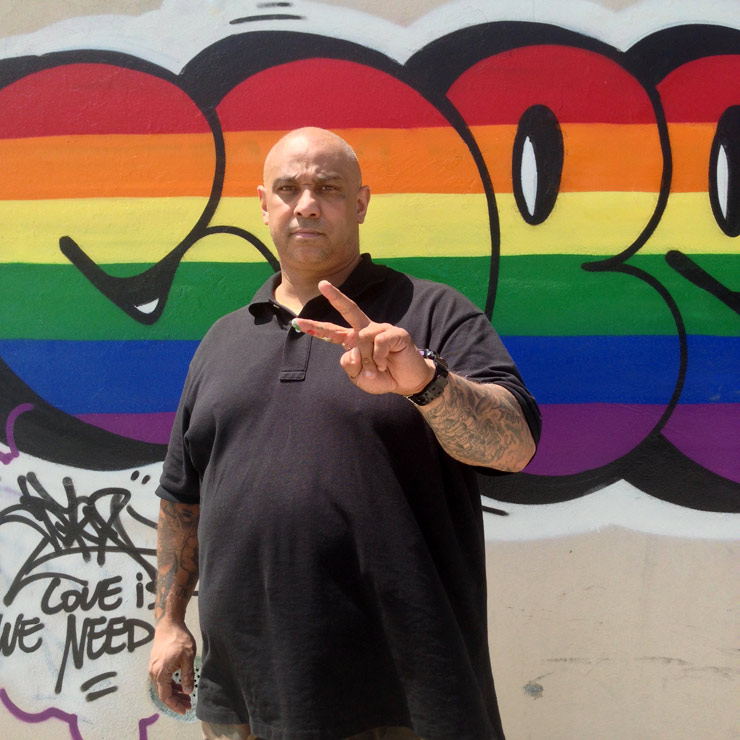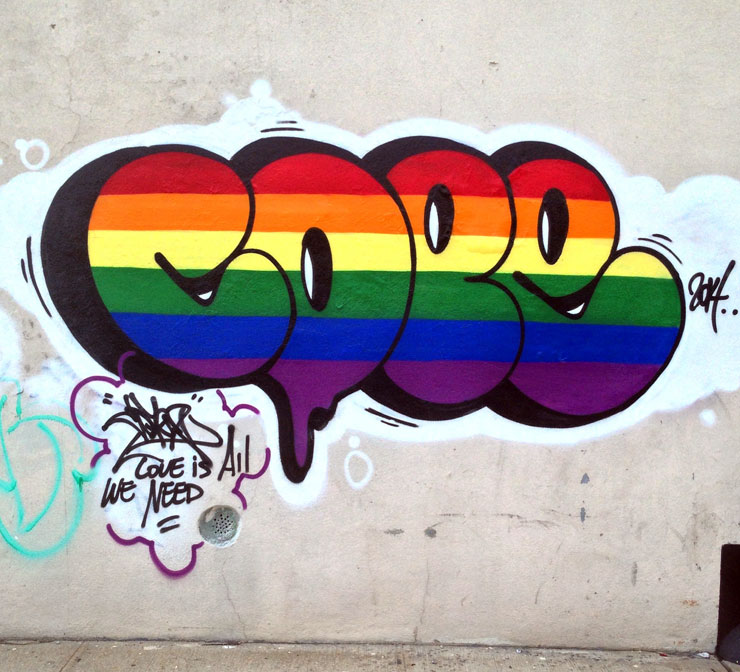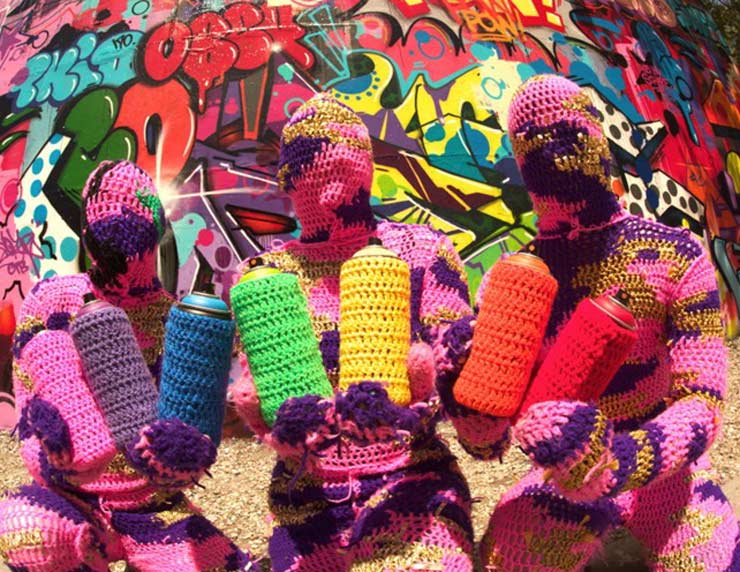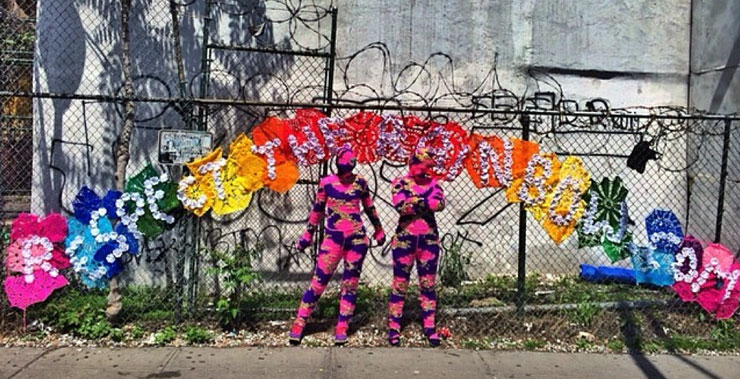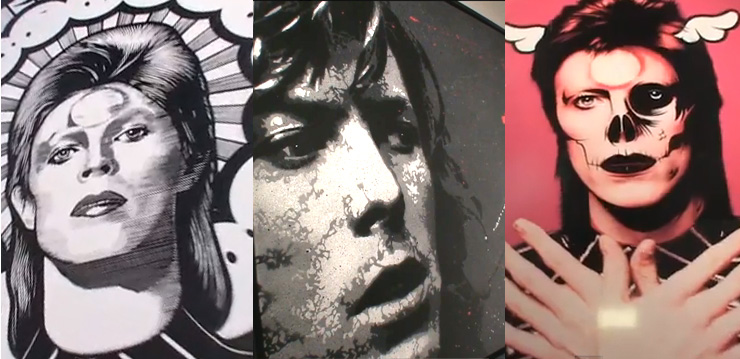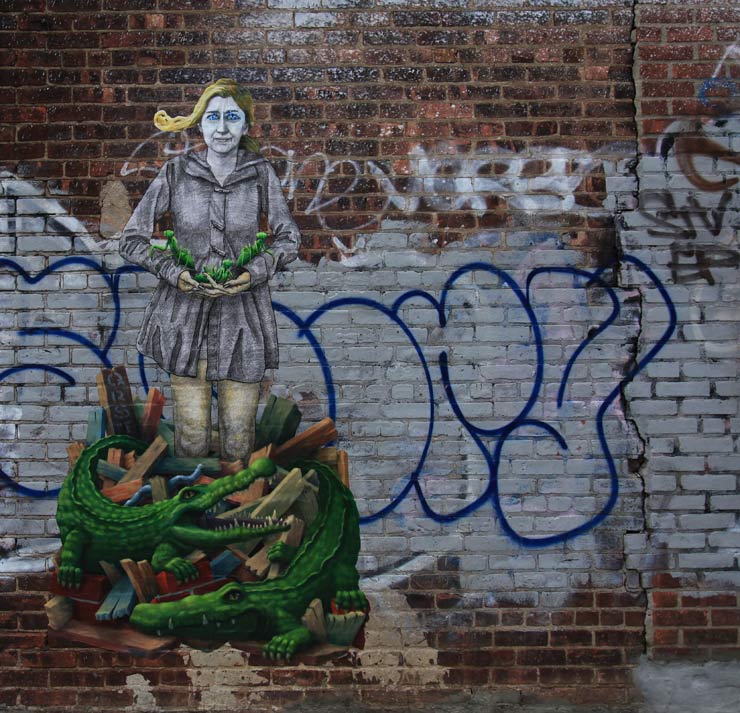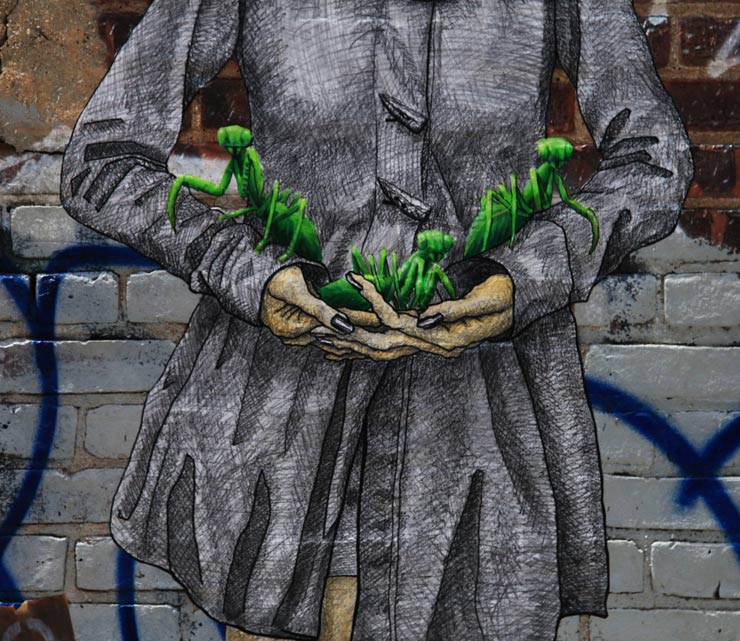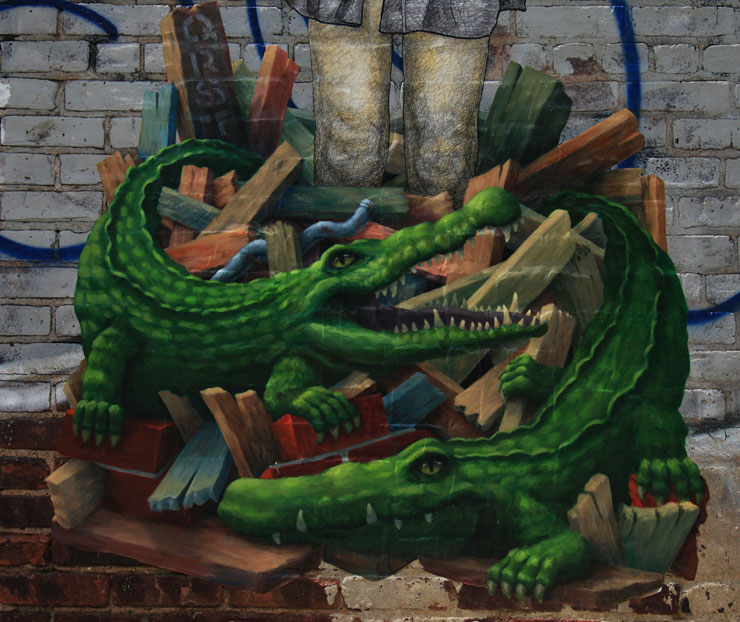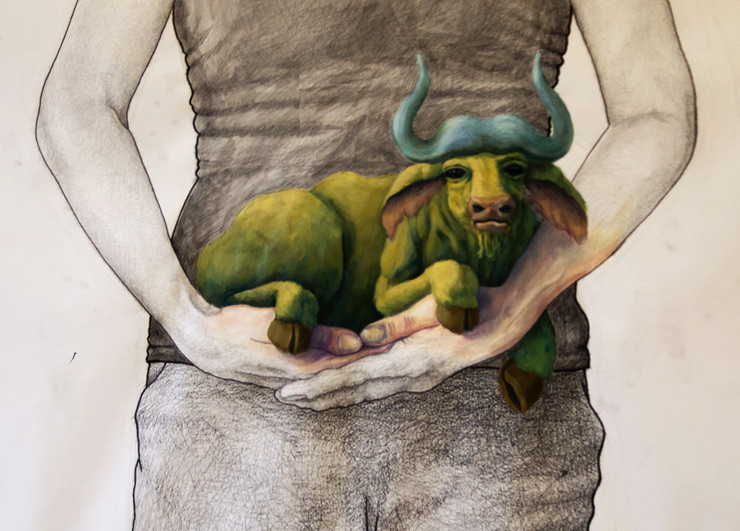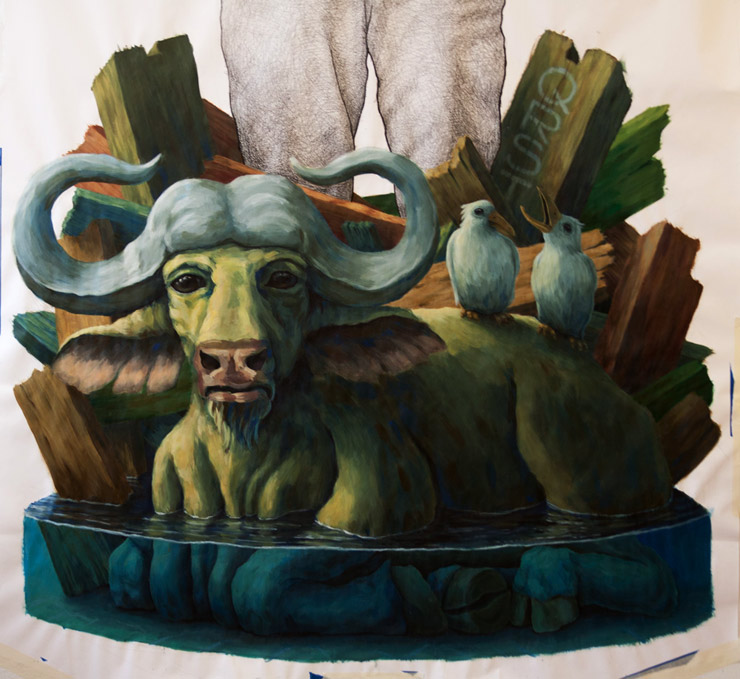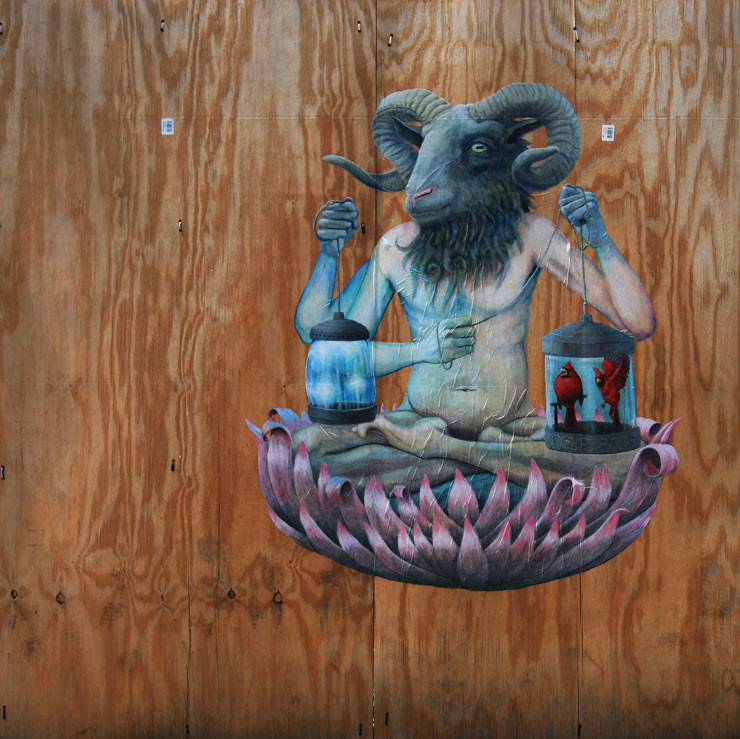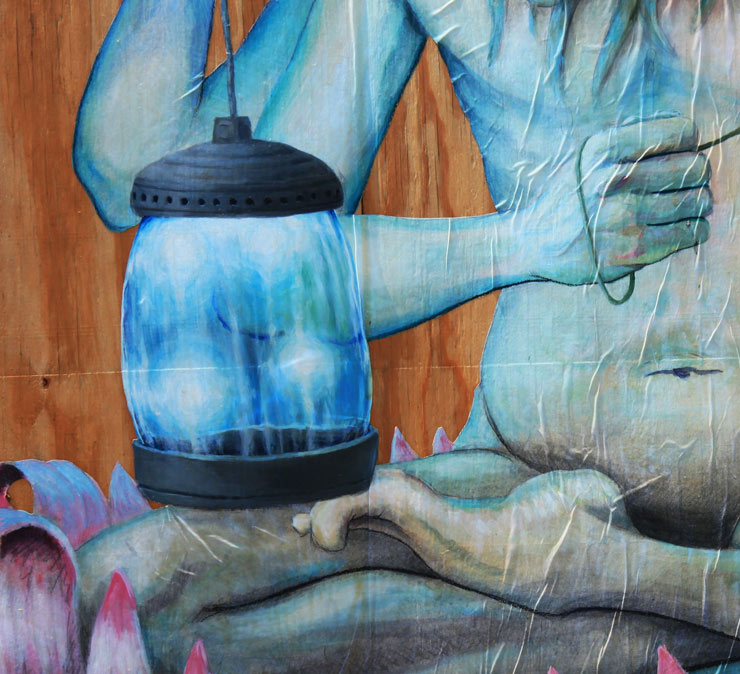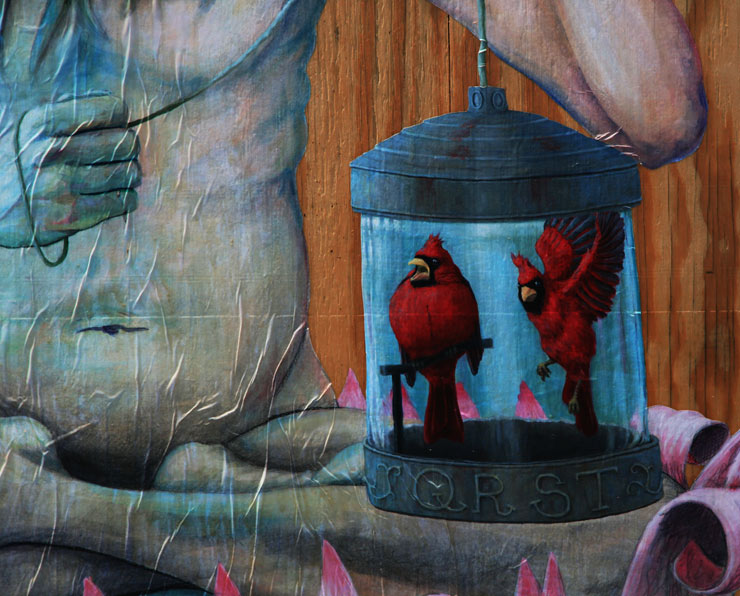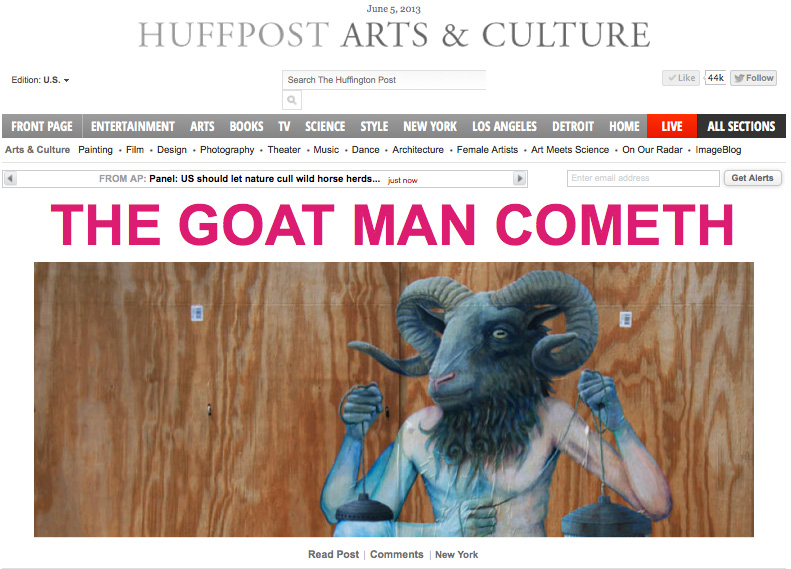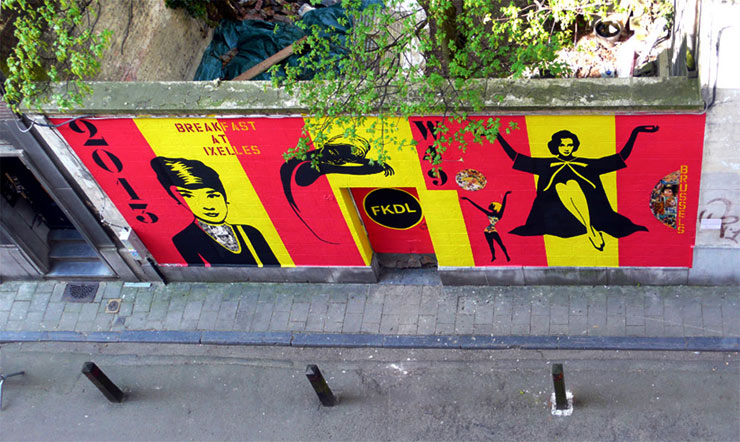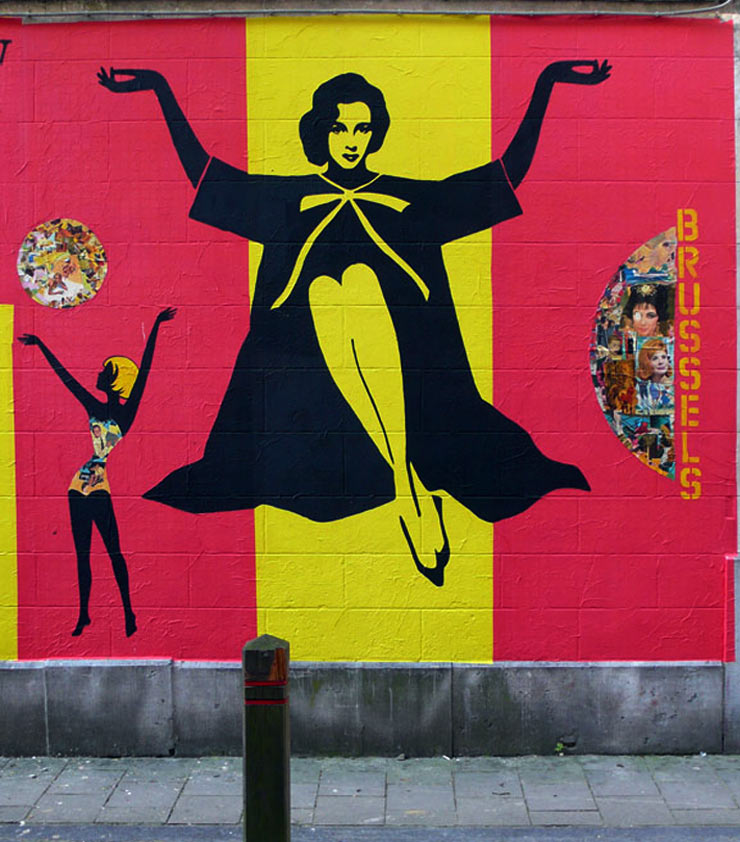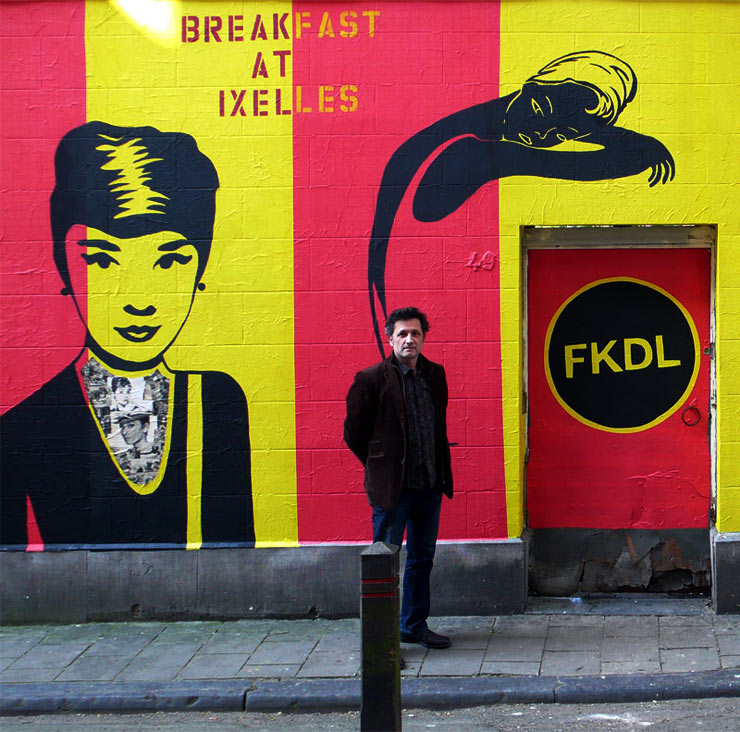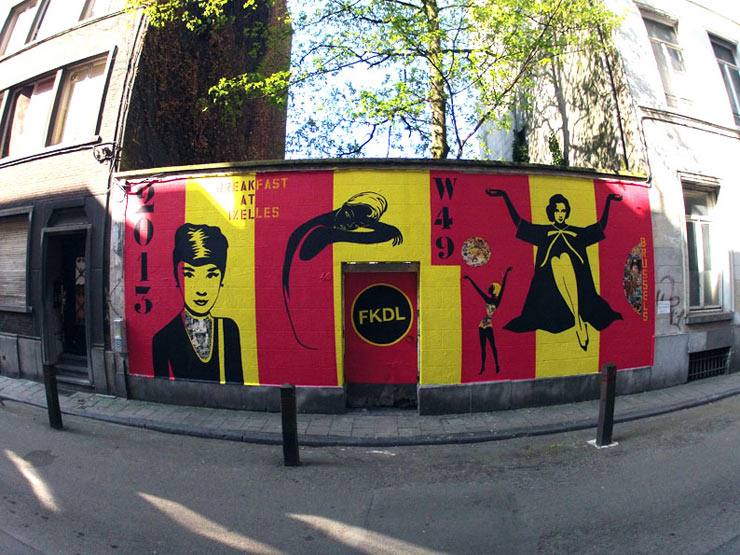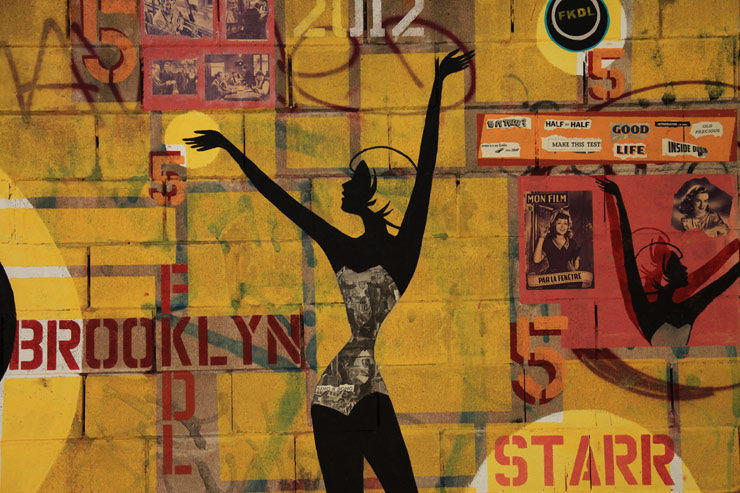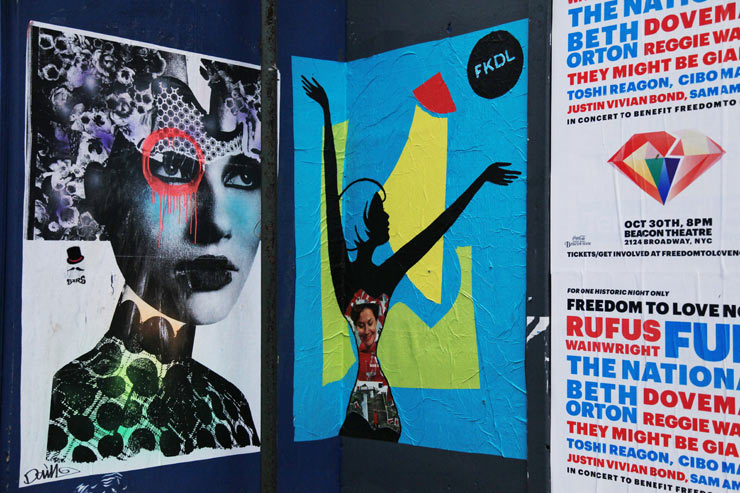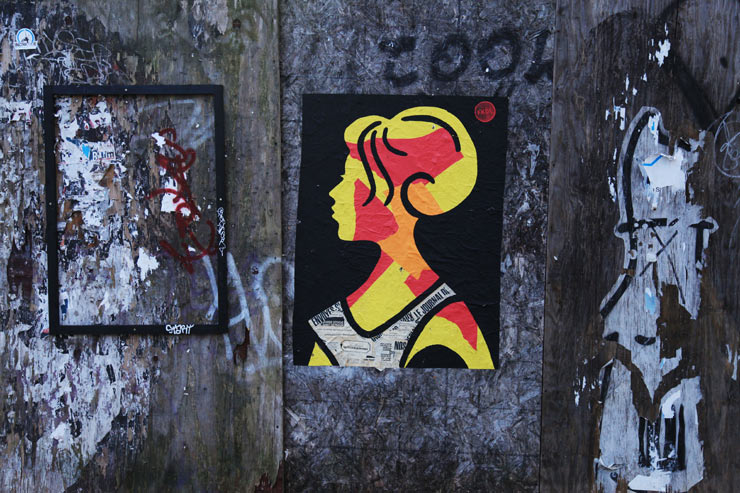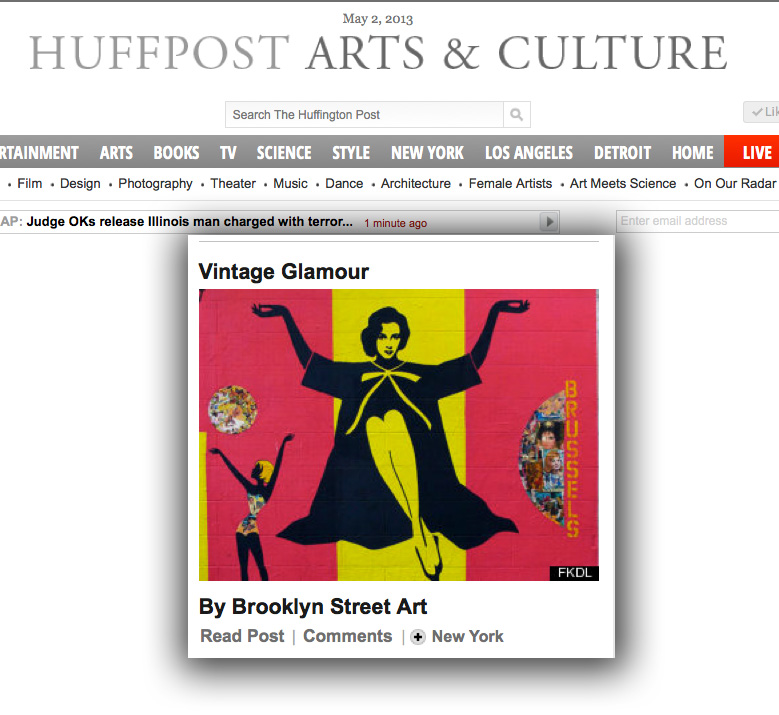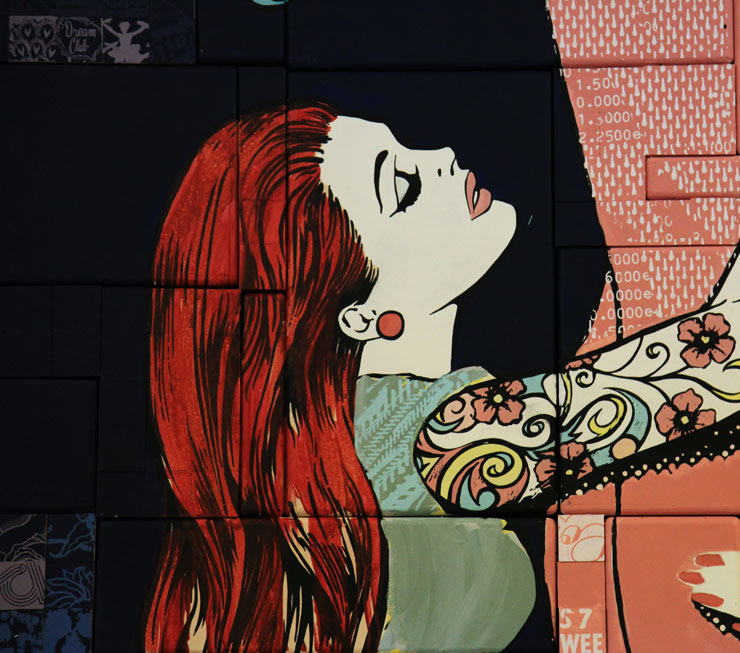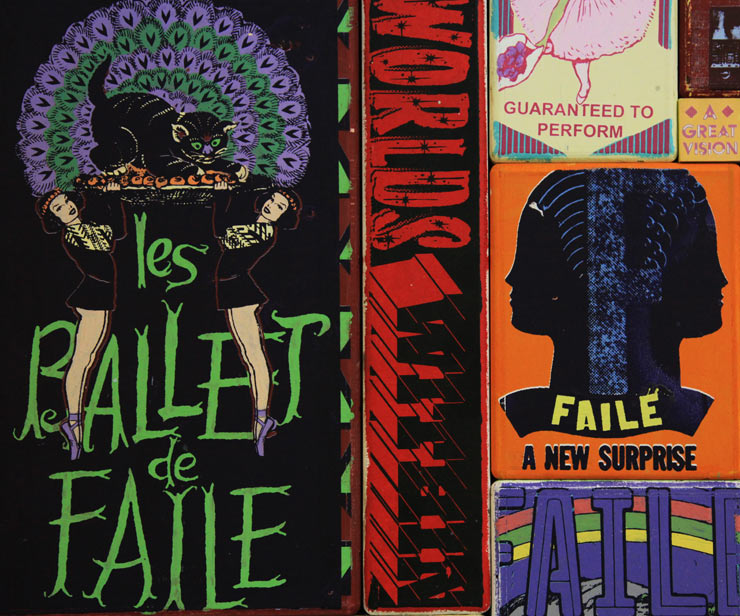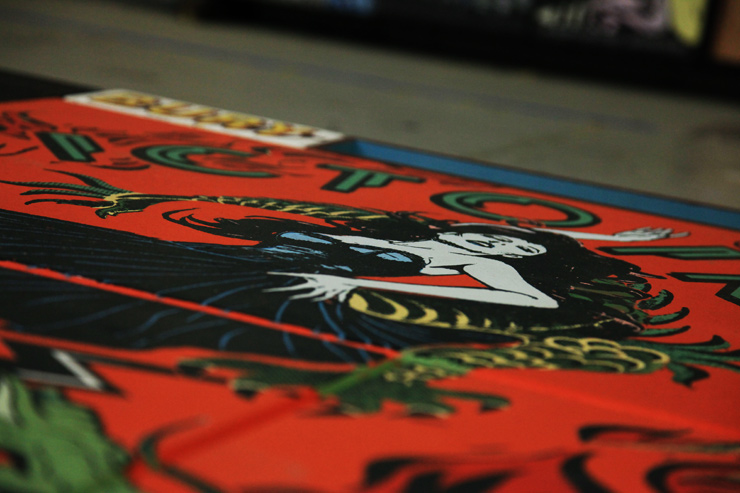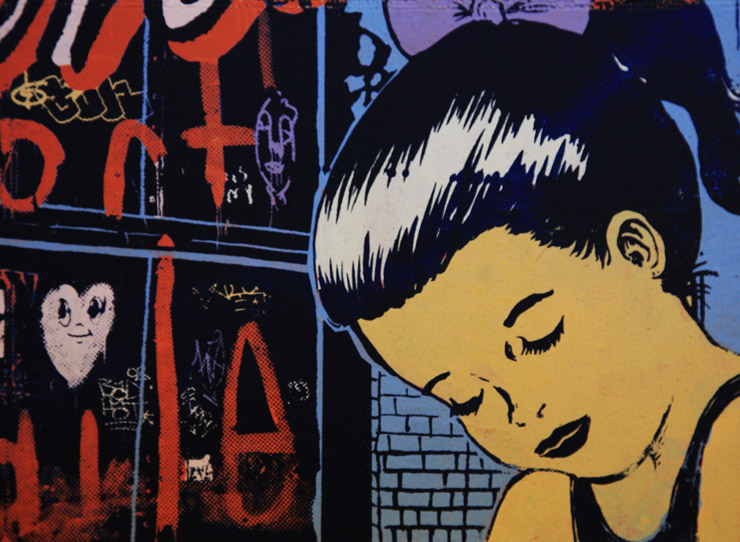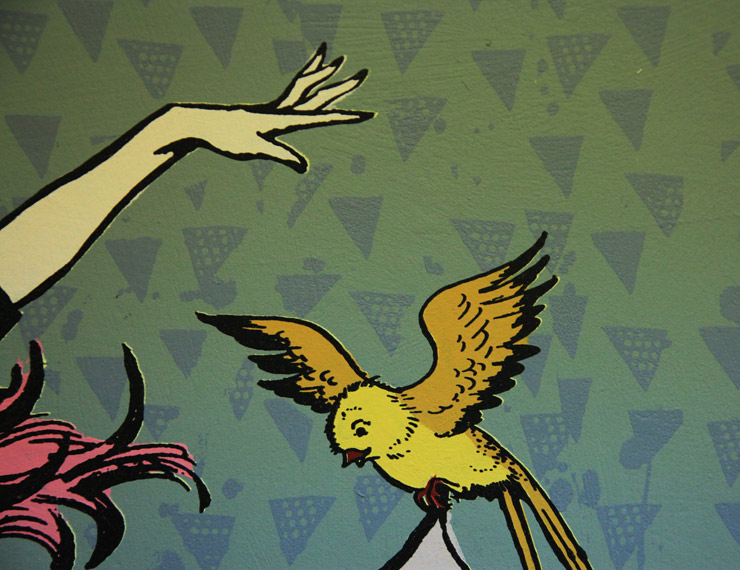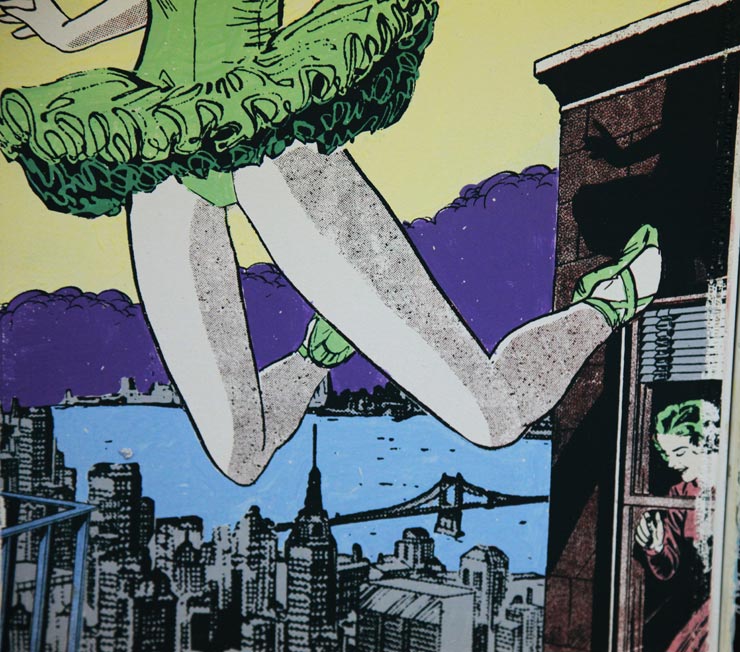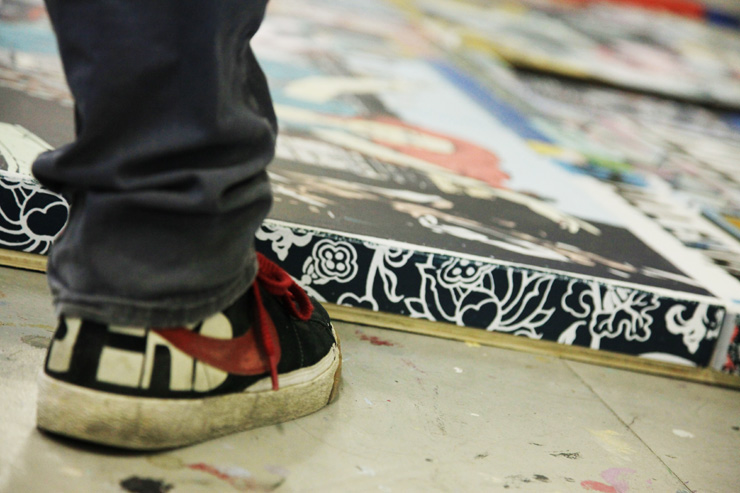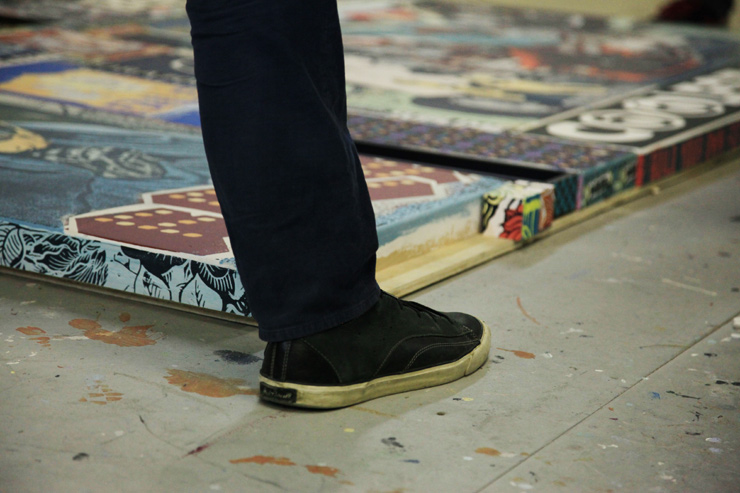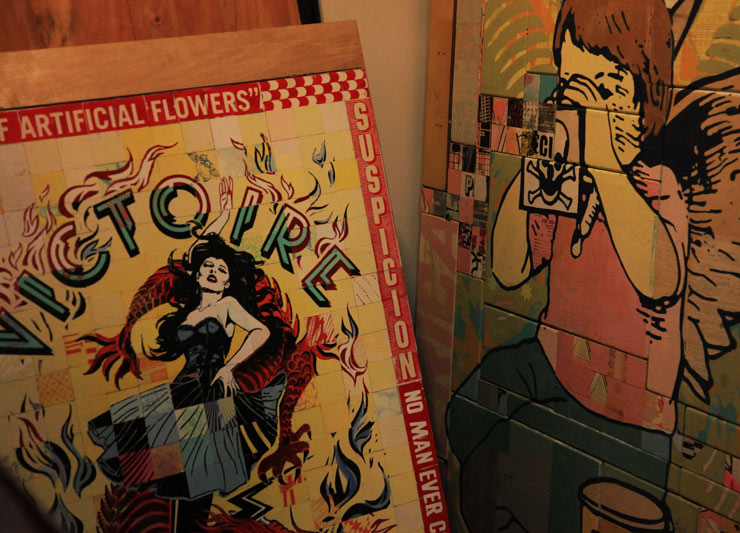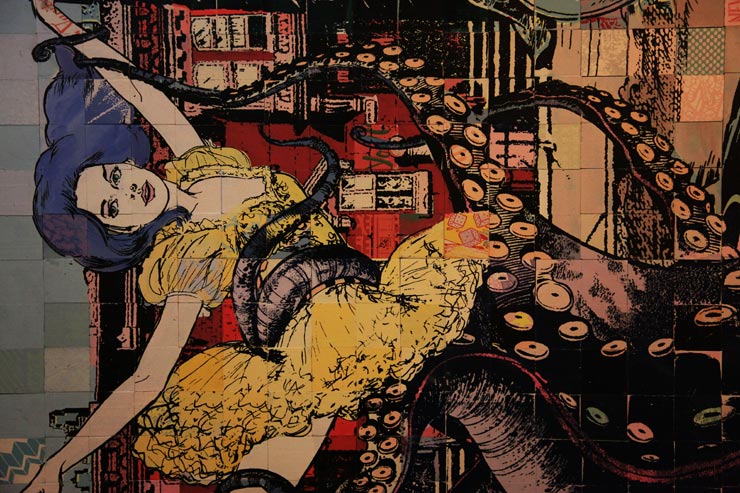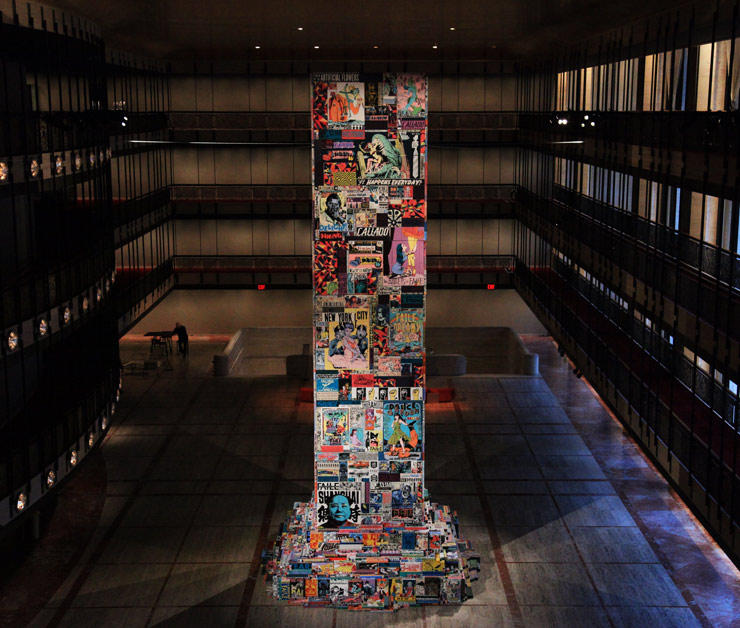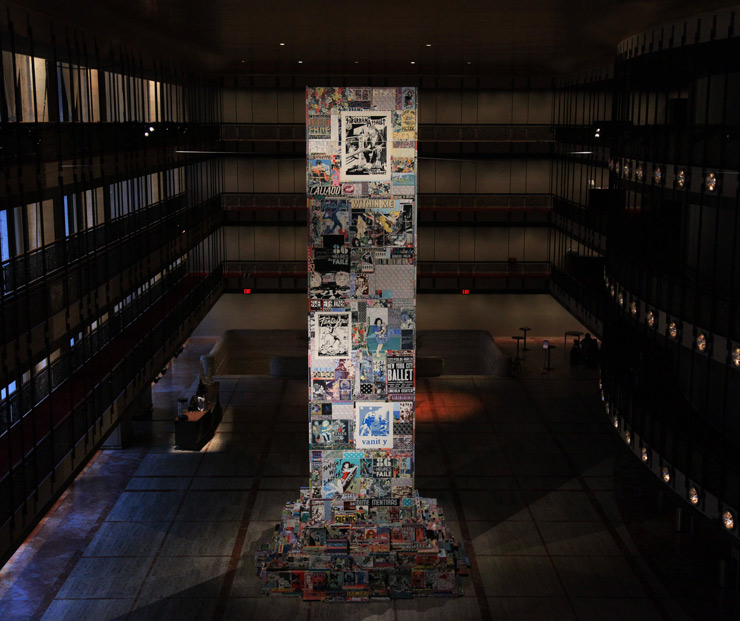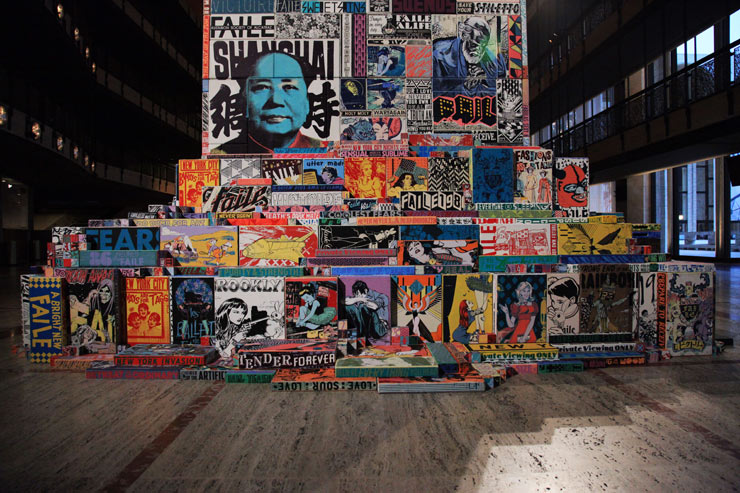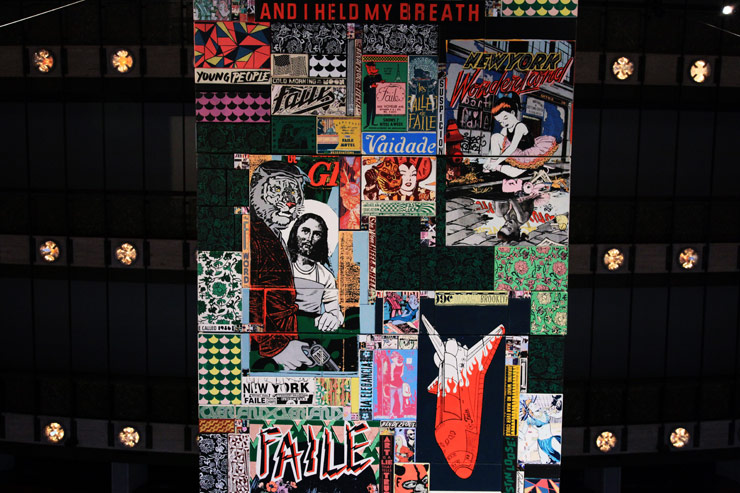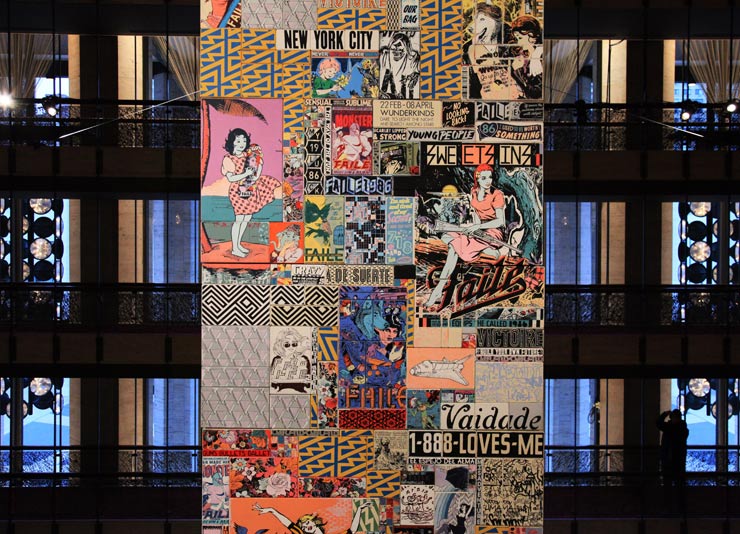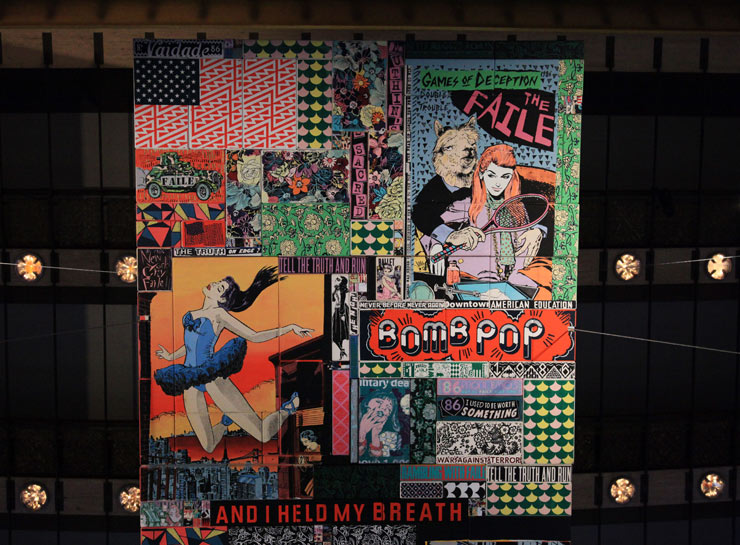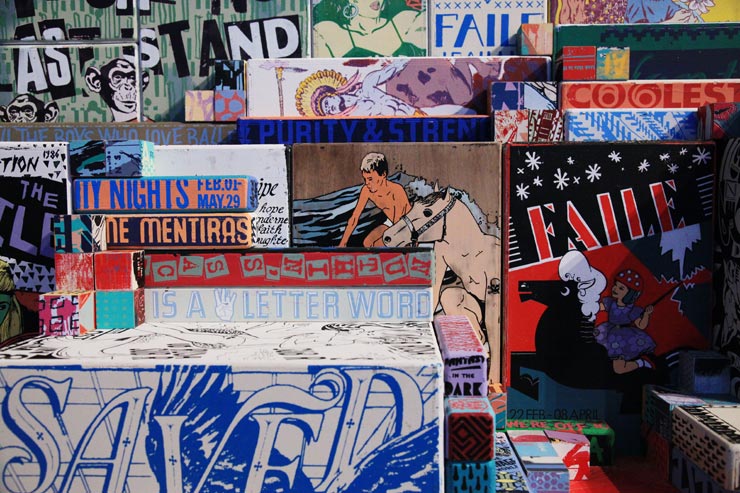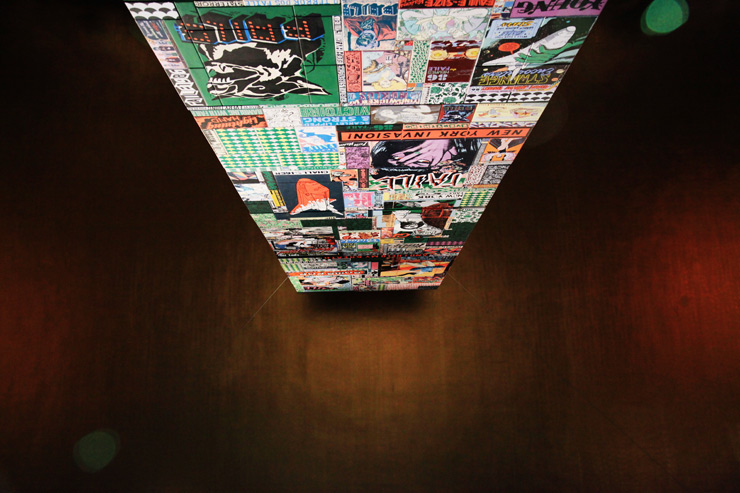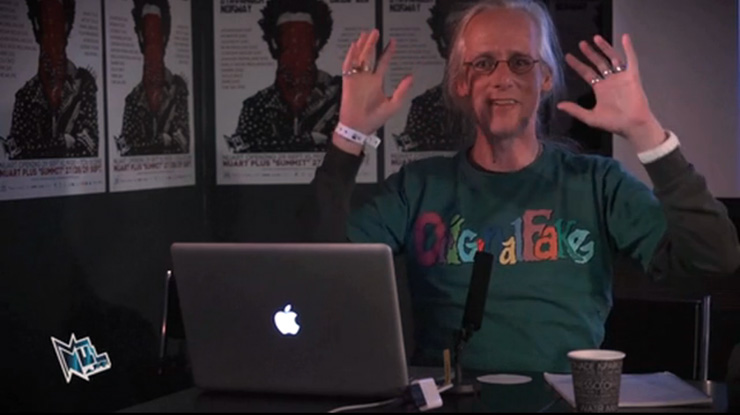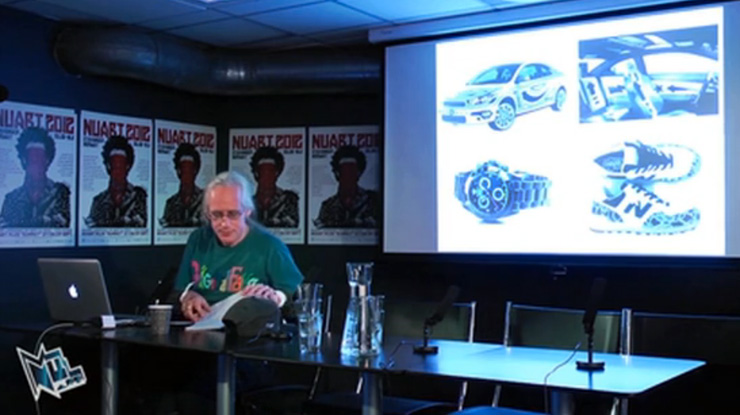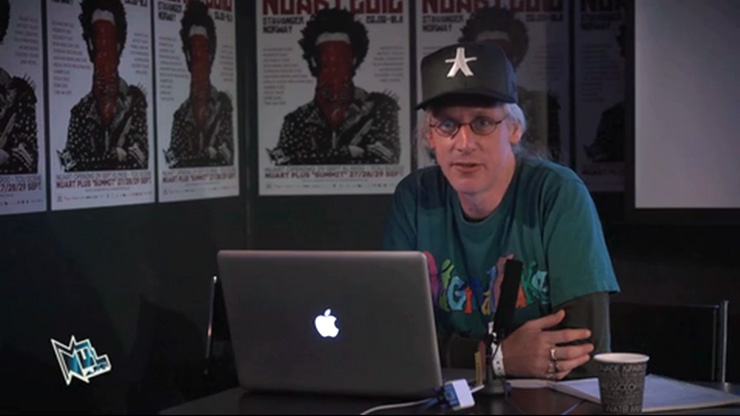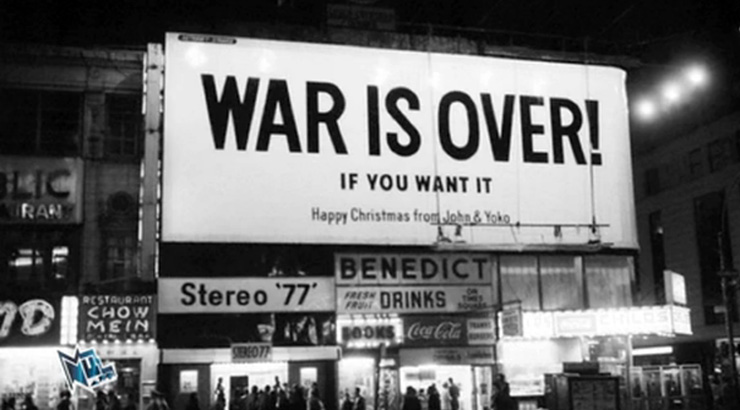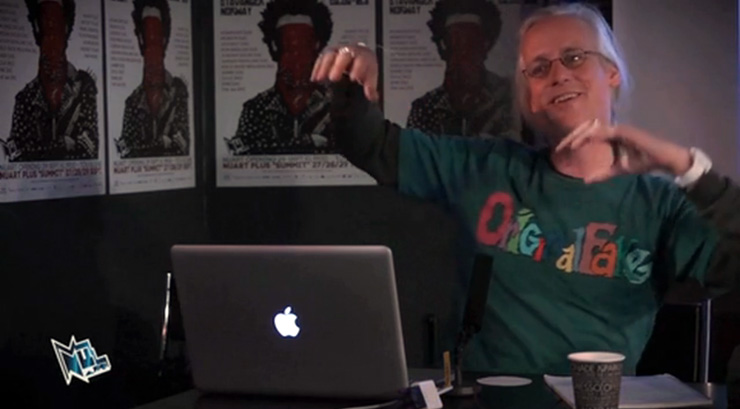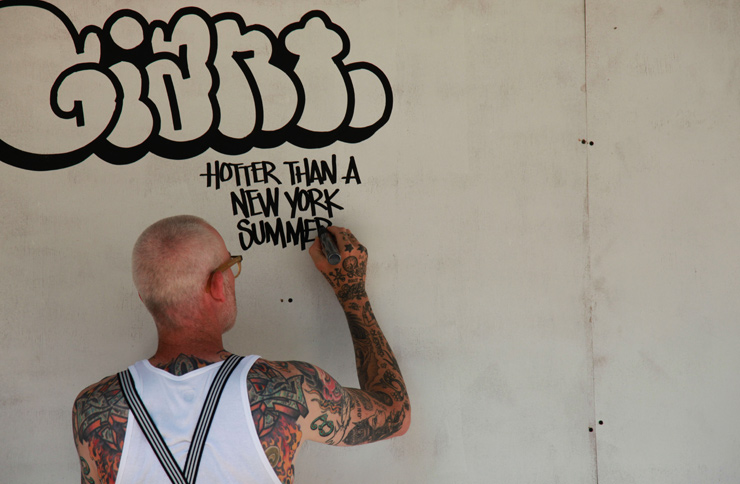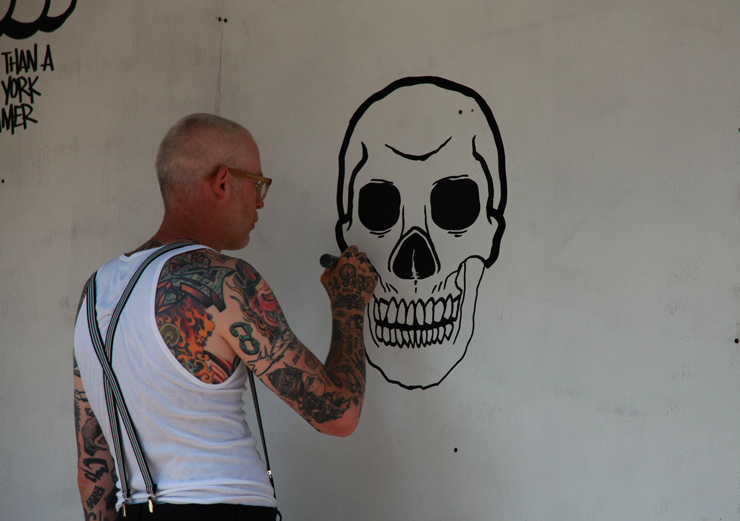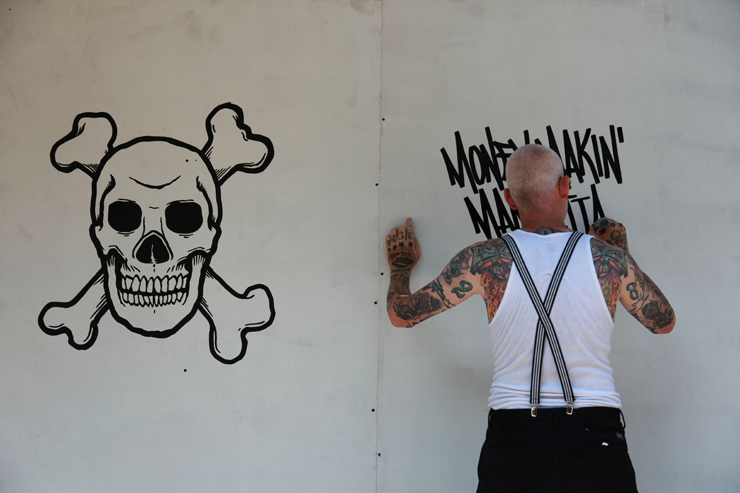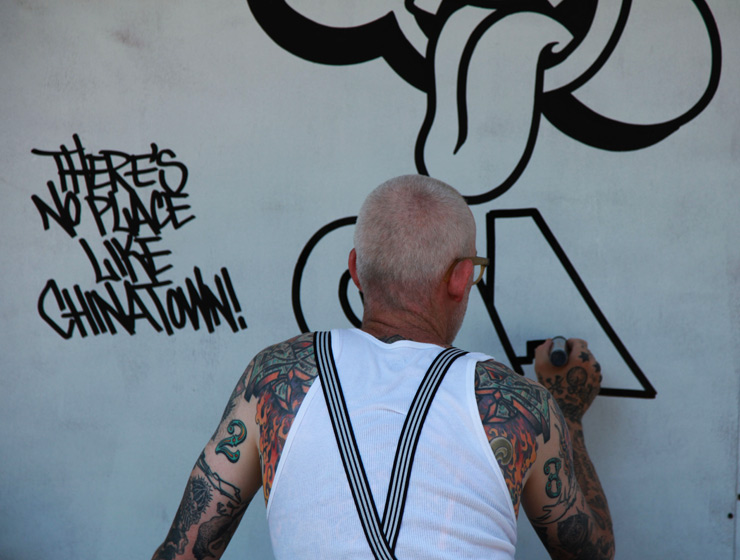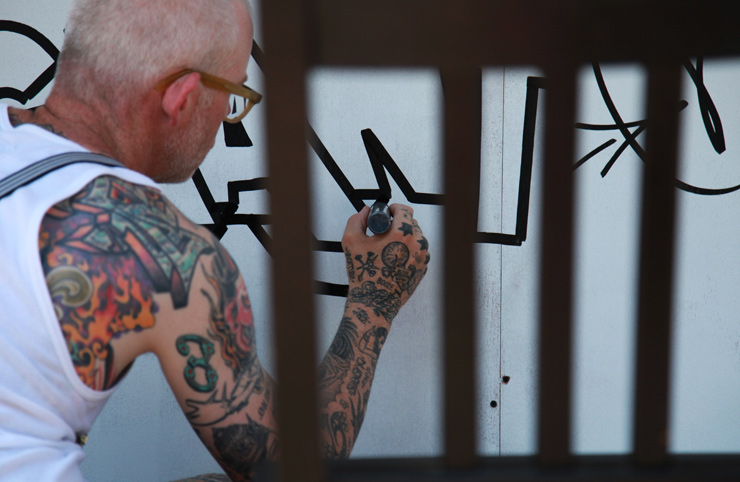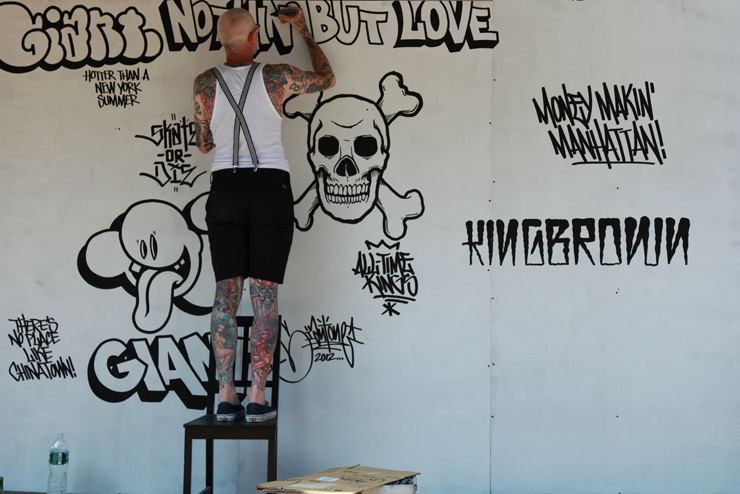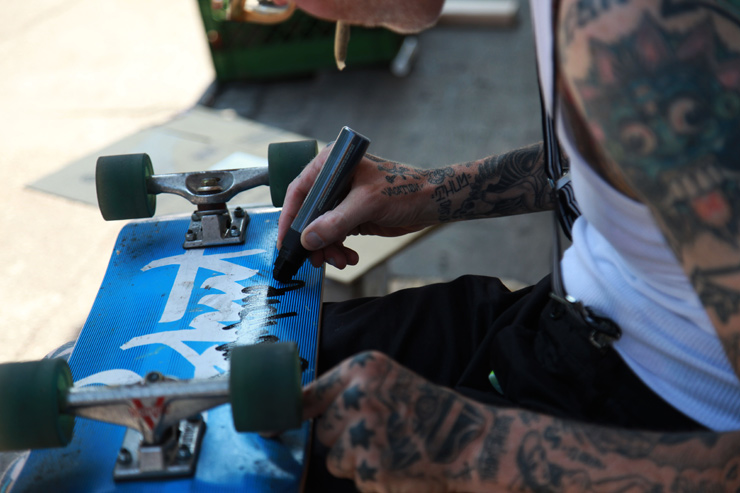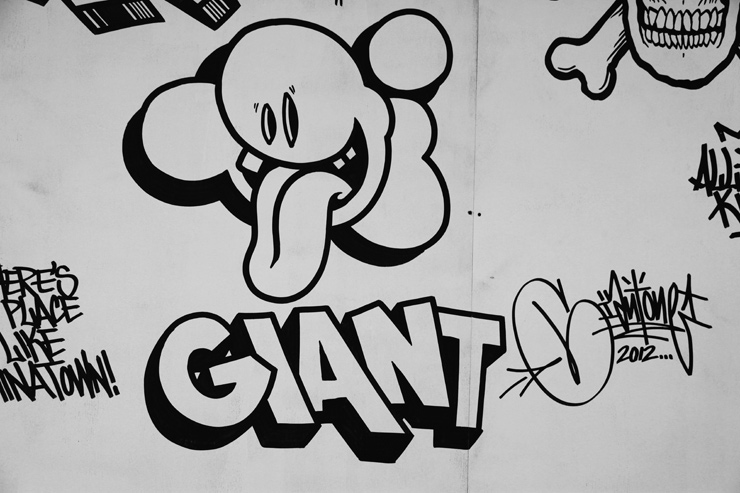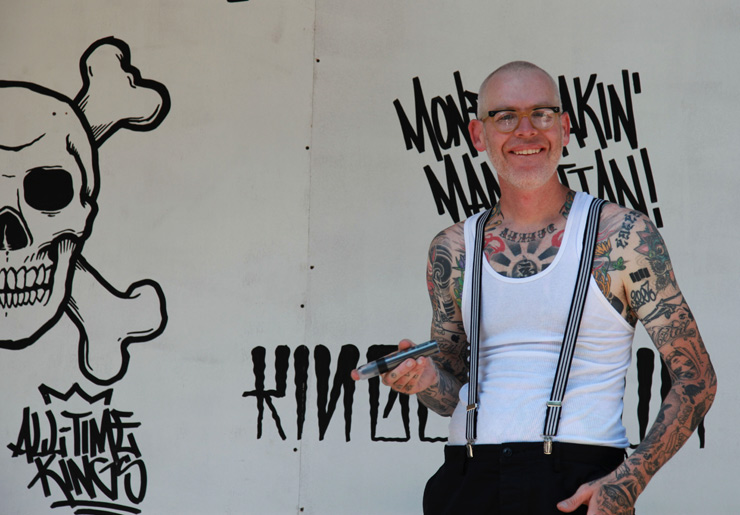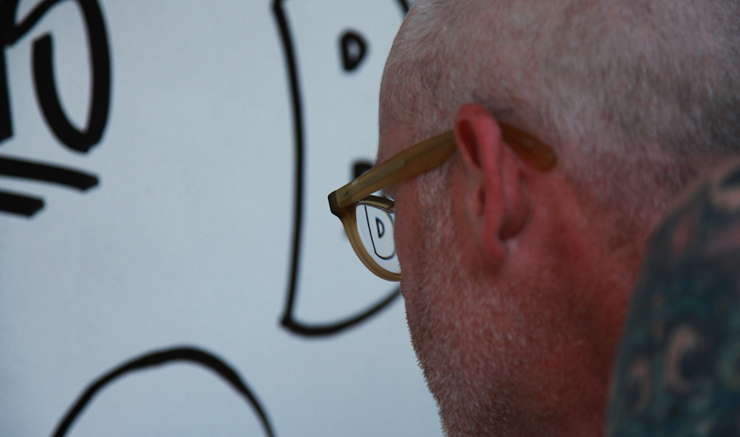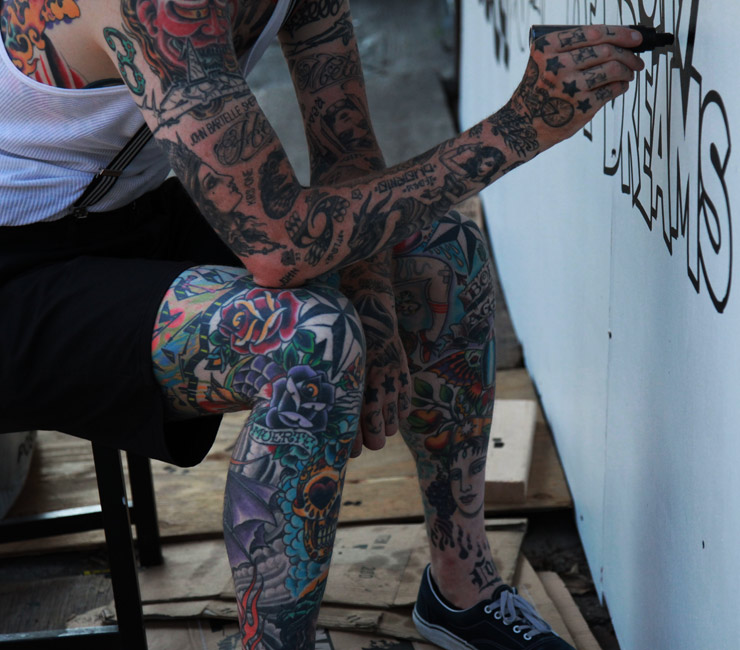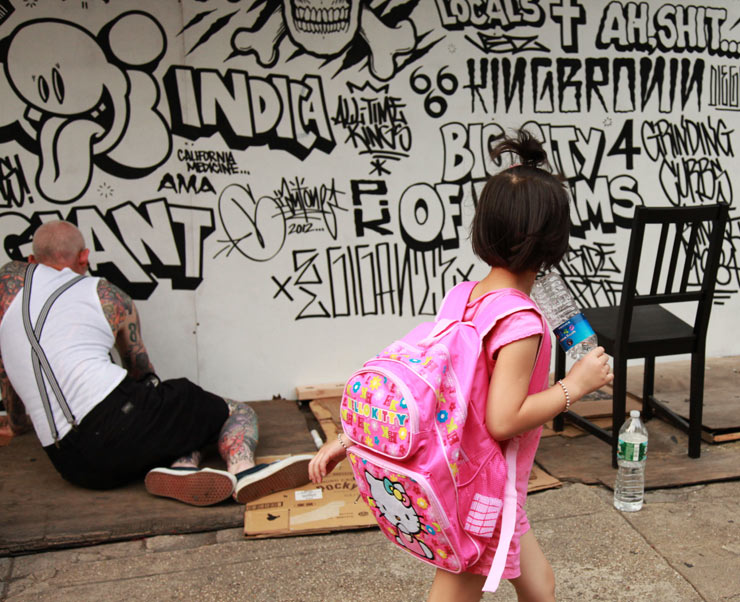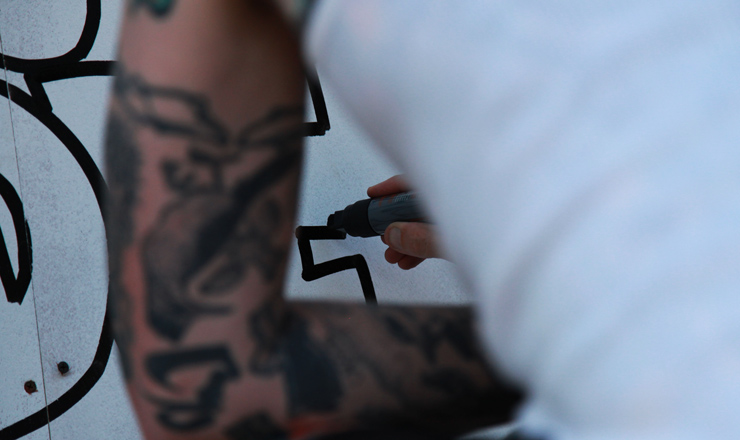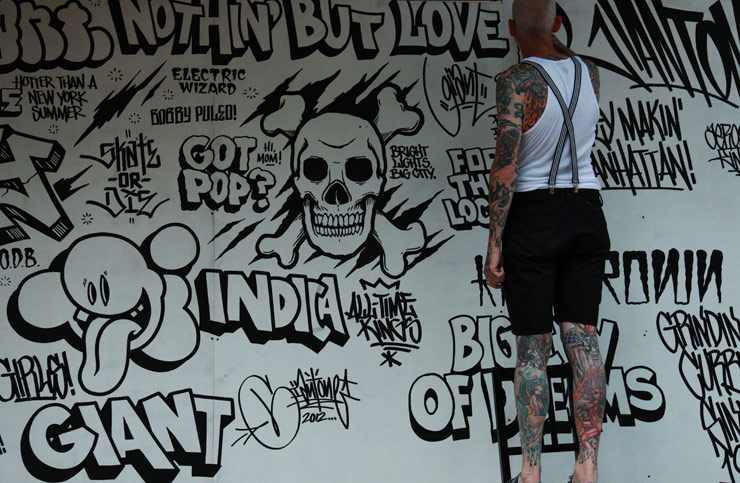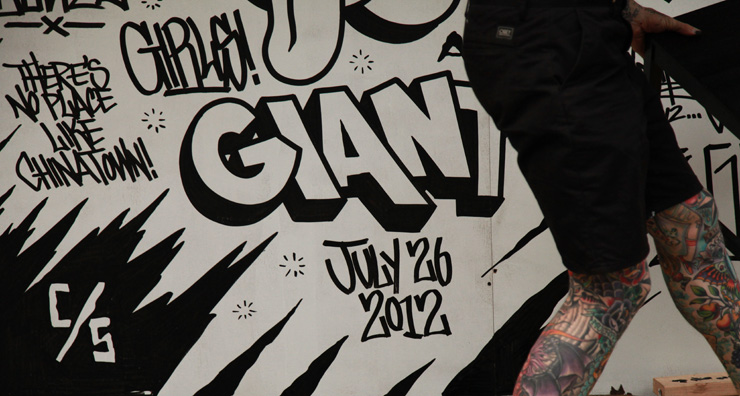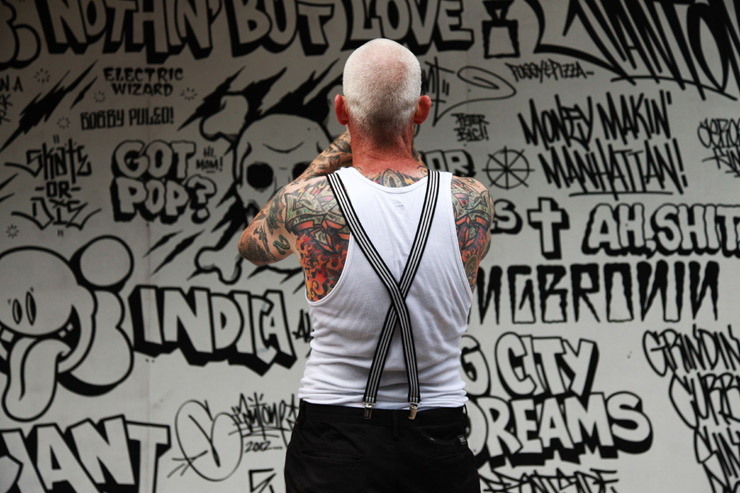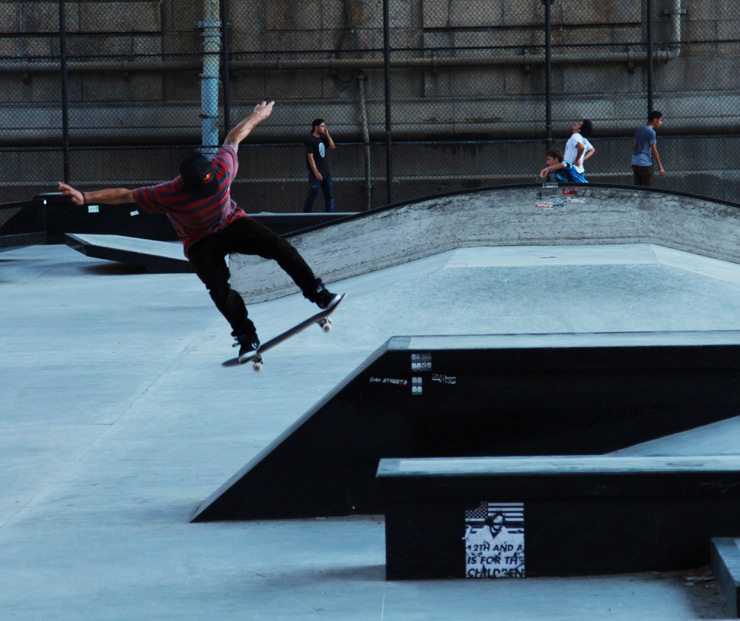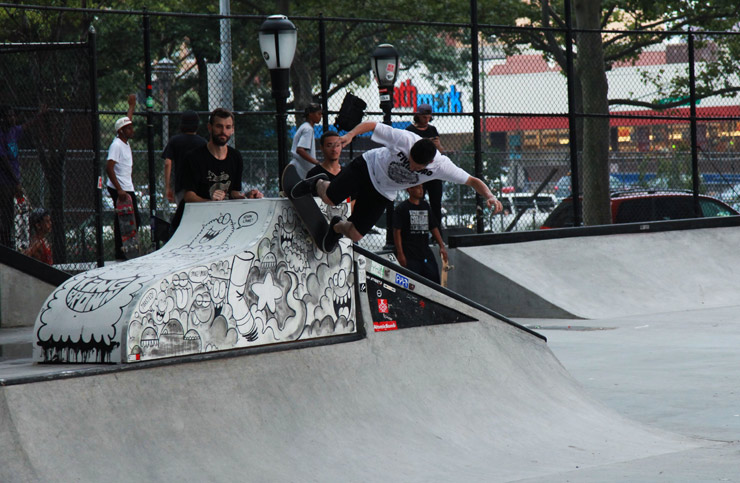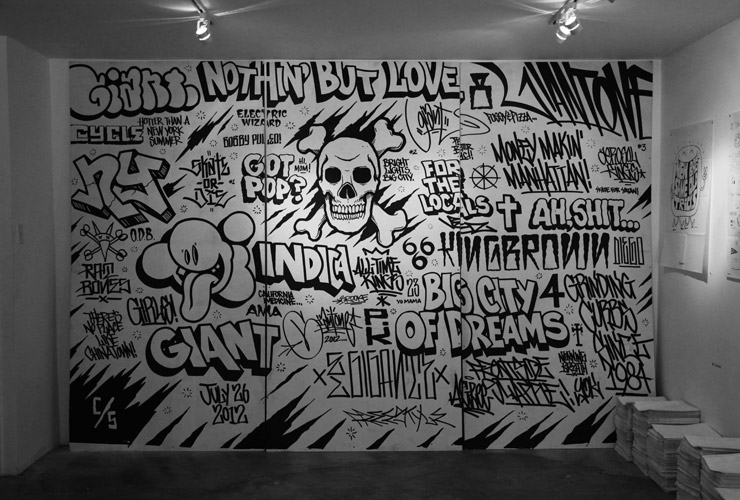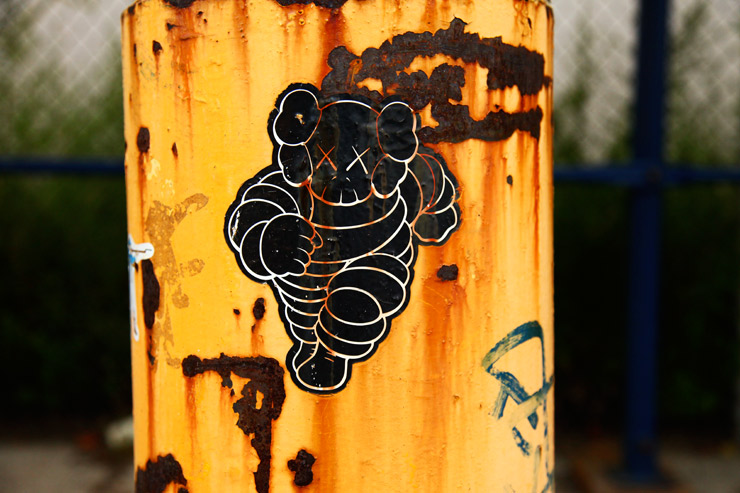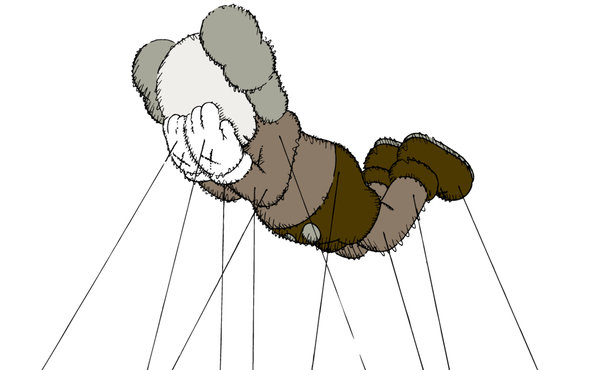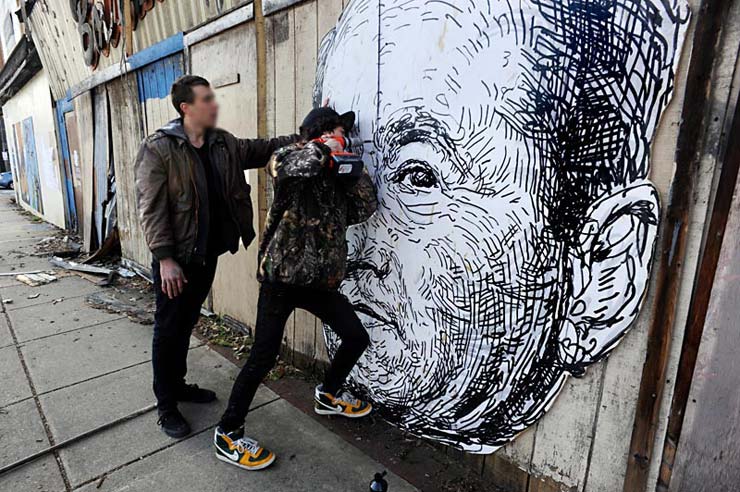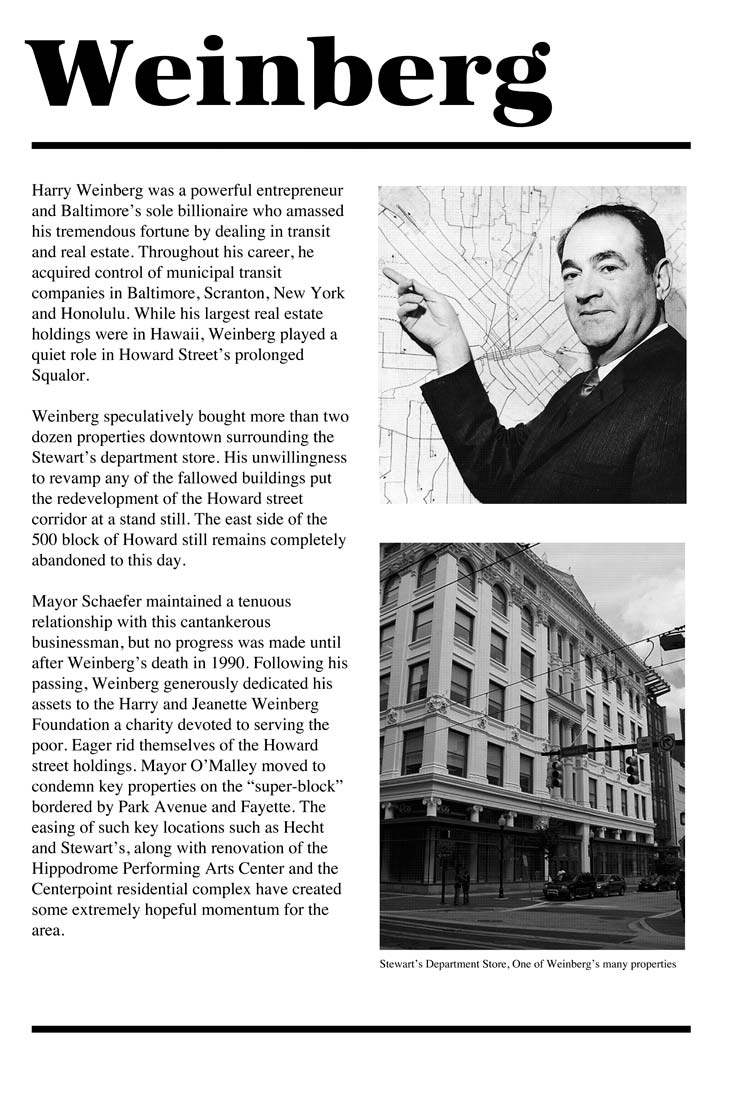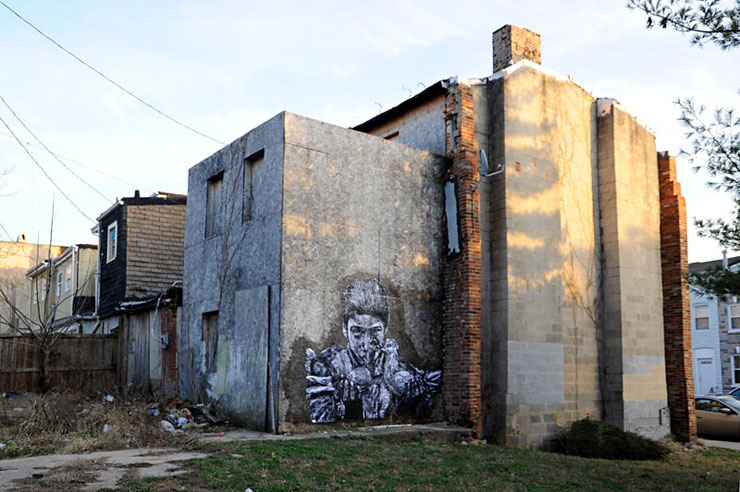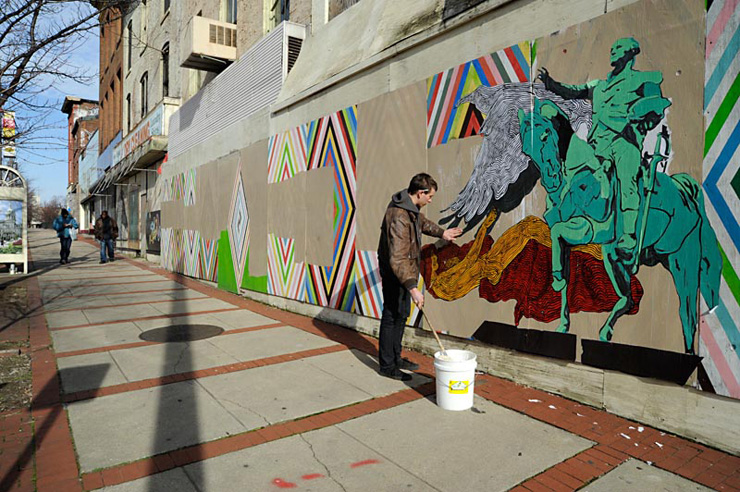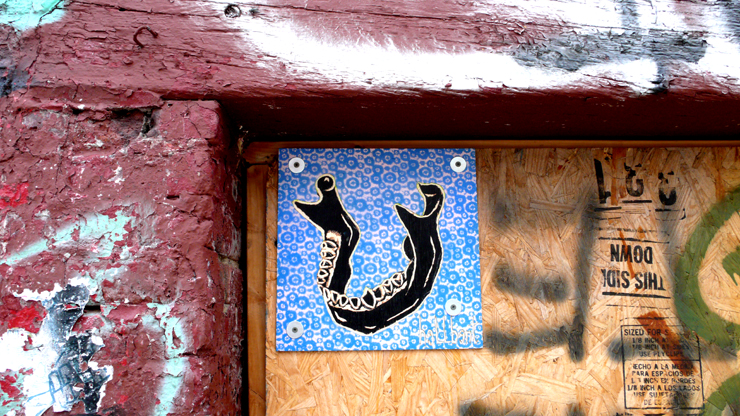Some times we are shocked by the far reach of Street Art in the international sphere but its also helpful to remember that thanks to the Internet and the ease with which information flows right now artists of all disciplines are taking up the practice of putting art up in the streets with or without permission – in small towns, suburban neighborhoods, even on barns in the countryside.
The autonomous Street Artist of today is less likely than ever to be hanging out inside a subculture of urban peers trying to establish street cred; busy looking out for each other, answering beef, and enforcing those important street “rules” on one another. The impetus for self expression on random walls in public comes from a variety of motivations, and sometimes it is even just an experiment, simply one extension of an artists otherwise unrelated formal practice.
Tonja Torgerson. Troy, New York. September 2014. (photo © Andrew Frost)
Naturally, these facts have some people up in arms, while others are opening theirs.
Screen printer Tonja Torgerson has formal training as an artist and has appeared in group shows and solo shows in galleries that form a constellation roughly related geographically to her arts education in Syracuse and Minneapolis. Currently she is doing a residency in Kansas and her work just appeared in a paper show at the University of Nebraska in Omaha. None of the aforementioned facts conjure up the word ‘hood’ in your mind right?
Tonja Torgerson. Troy, New York. September 2014. (photo © Andrew Frost)
In fact many of today’s street artists in major and minor metropolitan areas today didn’t grow up in the hood nor can they spout the language of the street; they just consider the street art “practice” to be part of their birthright anyway – something vaguely transgressive and an evolution of all those rap videos they grew up on and spray painted sneakers and backpacks they had in junior high school. The ubiquity of advertising campaigns and their ever-present voices all present a “call” and these artists are giving their “response”. Its a broader range today than most realize, and most likely will continue.
Tonja Torgerson. Troy, New York. September 2014. (photo © Andrew Frost)
Today we look at Tonja’s newest prints that she put up in Troy, New York when she was there for the National Screenprint Biennial. The human sized wheatpasted screen prints, which she calls “girls” went up around this sister city of Albany with the help of a guide and she shares images of them here with BSA readers to take a look at. Reflective, crouching, possibly in pain, somewhat spent and sad girls they are, tucked and perched and hidden just around the corner. She says her work contains elements of privacy, disclosure, illness, beauty, and disgust.
She quotes the writer and philosopher Carolyn Korsmeyer when she says, “I strive to create ‘the kind of art that is capable of rendering the most awful experiences beautiful.’ ” Gentle color and a childish aesthetic make these figures vulnerable and perfect storytellers, even if you don’t know the details. With these placements Torgerson reveals part of herself and also how amenable the streets can be to experimentation , new voices, and discovery of all sorts.
Tonja Torgerson. Troy, New York. September 2014. (photo © Andrew Frost)
Tonja Torgerson. Troy, New York. September 2014. (photo © Andrew Frost)
Tonja Torgerson. Troy, New York. September 2014. (photo © Andrew Frost)
Tonja Torgerson. Troy, New York. September 2014. (photo © Andrew Frost)
<<>>><><<>BSA<<>>><<<>><><BSA<<>>><><<>BSA<<>>><<<>><><BSA Please note: All content including images and text are © BrooklynStreetArt.com, unless otherwise noted. We like sharing BSA content for non-commercial purposes as long as you credit the photographer(s) and BSA, include a link to the original article URL and do not remove the photographer’s name from the .jpg file. Otherwise, please refrain from re-posting. Thanks! <<>>><><<>BSA<<>>><<<>><><BSA<<>>><><<>BSA<<>>><<<>><><BSA
 BROOKLYN STREET ART LOVES YOU MORE EVERY DAY
BROOKLYN STREET ART LOVES YOU MORE EVERY DAY